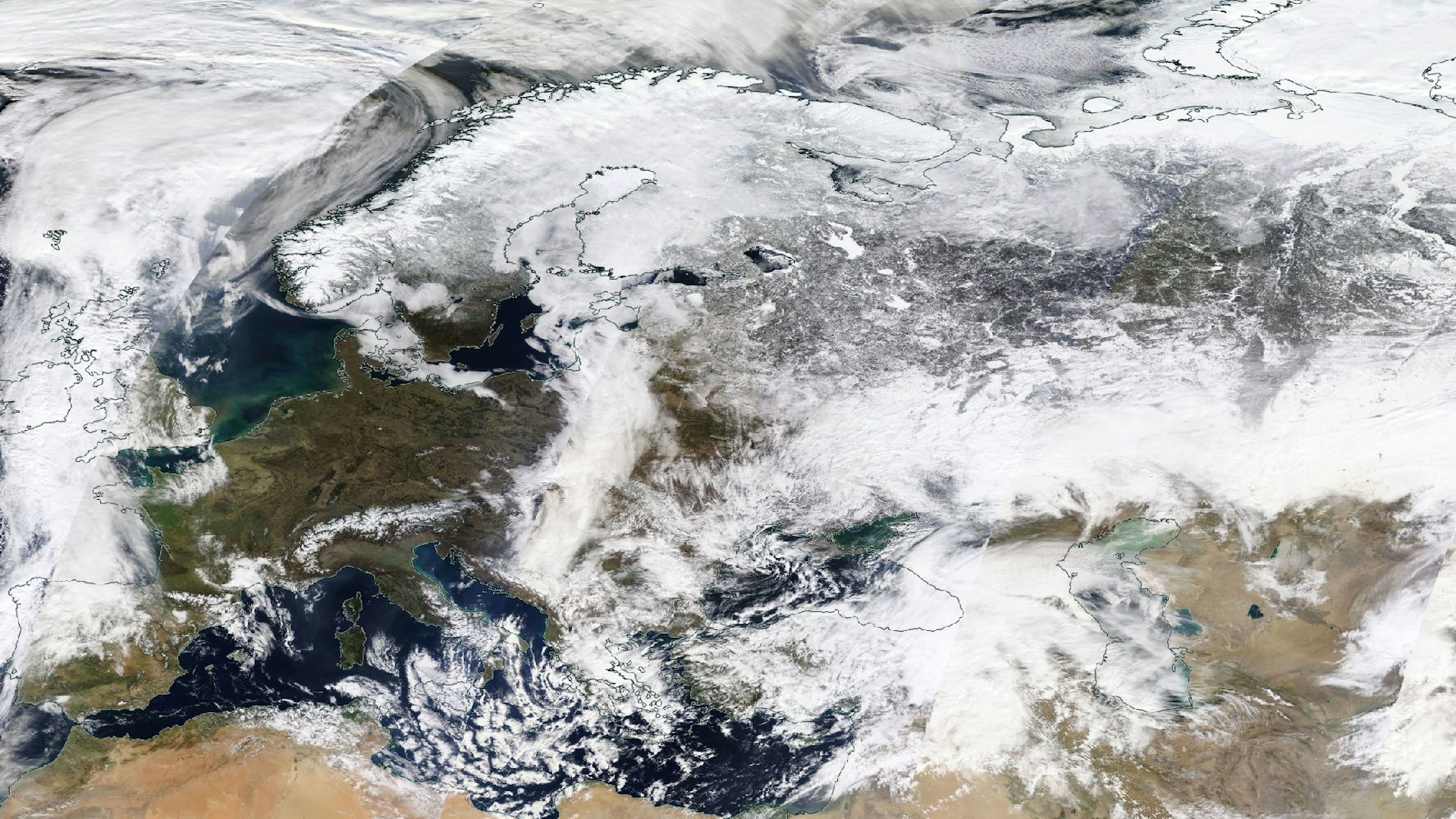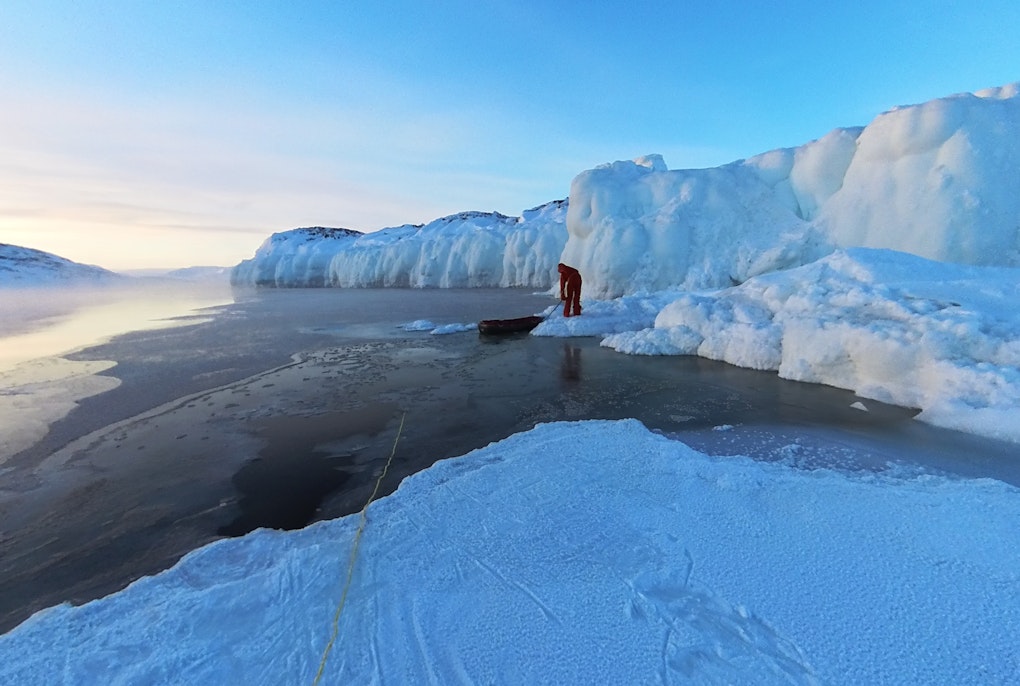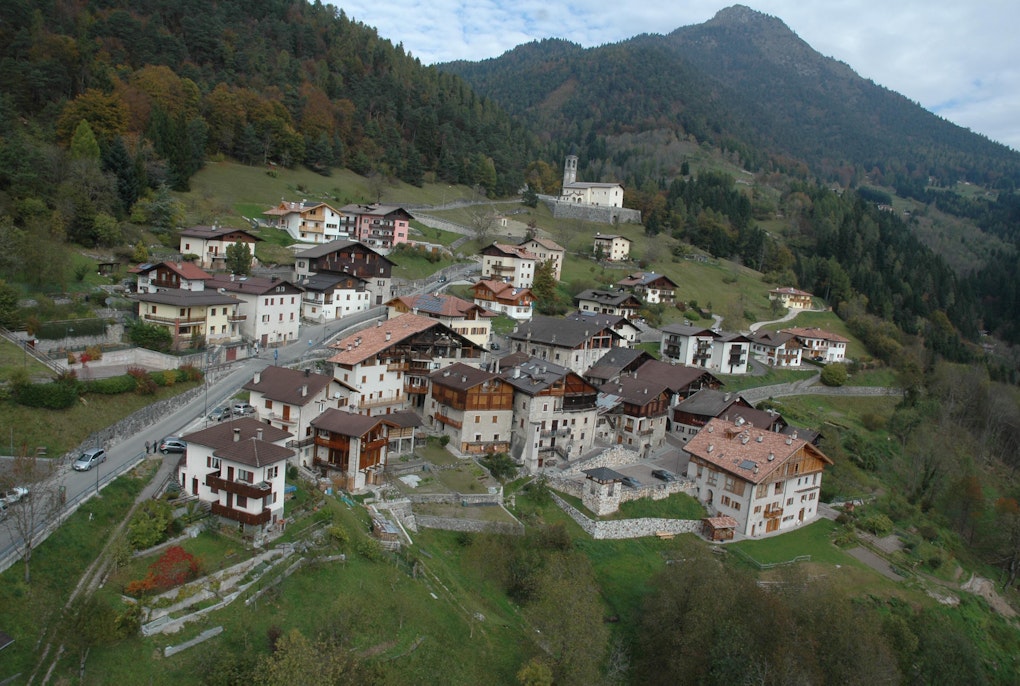A study by Eurac Research recently published in the Nature journal’s Scientific Reports paints a discouraging picture of recent decades. Between 1982 and 2020, the period of snow cover in mountain areas around the world decreased by an average of about 15 days. The Alps are in line with the average where the reduction in snow cover sits between 10 and 20 days. The study is one of the 100 most downloaded articles in the Earth, Environment and Ecology category in 2022. With a longer observation period, it substantiates the results of previous studies and helps to refine a NASA model.
Two years ago, an initial study of global snow cover announced how in 78 percent of mountain areas, snowfall had declined over the past 20 years. To bolster these observations, the same author has now extended the start of data collection to 1982, thus covering a 38-year period up to 2020. "Unfortunately, there are no denials of these trends, only confirmations," explains Claudia Notarnicola, physicist, deputy director of Eurac Research's Institute for Earth Observation and sole author of the study. "With a few exceptions, data on both the extent and duration of snow cover are clearly decreasing." Specifically, there are on average, 15 fewer days that snow remains on the ground, with peaks of 20 or even 30 fewer days in Canada's western provinces (dark orange, figure 1). Coverage has decreased by a total of four percent, which when multiplied by the extent of the areas affected by negative trends (yellow, figure 2) presents an alarming dataset.
There are peaks of 20 or even 30 days less in the western provinces of Canada.
In the early 1980s, the eruption of Mexico's El Chichon volcano caused a slight cooling that counteracted the decrease in snowfall, but this phenomenon has not lasted long.
The few existing counter-trend figures are hardly encouraging. For example, in the early 1980s, the eruption of Mexico's El Chichon volcano caused a slight cooling that counteracted the decrease in snowfall, but this phenomenon has not lasted long. "In general, over these 38 years of analysis there are also some cases of increases in both coverage and snow days (blue, figure 2). Specifically in parts of Central Asia and some valleys in the United States. In fact, so much so that Donald Trump has often referred to the intense snowfalls the US in his tweets as a means of denying climate change," Notarnicola continues. "There are no consensus explanations for these phenomena, but they could be other effects of climate change, for example variations in currents and winds or specific microclimatic conditions. In any case, these are a few exceptions in a very negative global context."
The model
The study itself took a hybrid approach by combining MODIS satellite data time series from 2000 until 2020 with a resolution of 500 meters, and mathematical models. "I chose a highly attested NASA global model as the basis and then refined it. In fact, for the period when the data from the model and the more precise satellite images overlapped, I was able to better calibrate the model thanks to so-called "artificial neural networks," a computational system that falls under the aegis of artificial intelligence," Notarnicola explains.
The full-length paper, among the top 100 of 2022.
The paper “Overall negative trends for snow cover extent and duration in global mountain regions over 1982-2020” is one of the 100 most downloaded Earth, Environment and Ecology articles from 2022. It was published in the Scientific Reports journal which is issued by the renowned Nature series. It is also thanks to this piece that Claudia Notarnicola was included in the prestigious ranking of the "World’s Top 2% Scientists", in which Stanford University recognizes researchers who stand out for the quality and dissemination of their publications.






